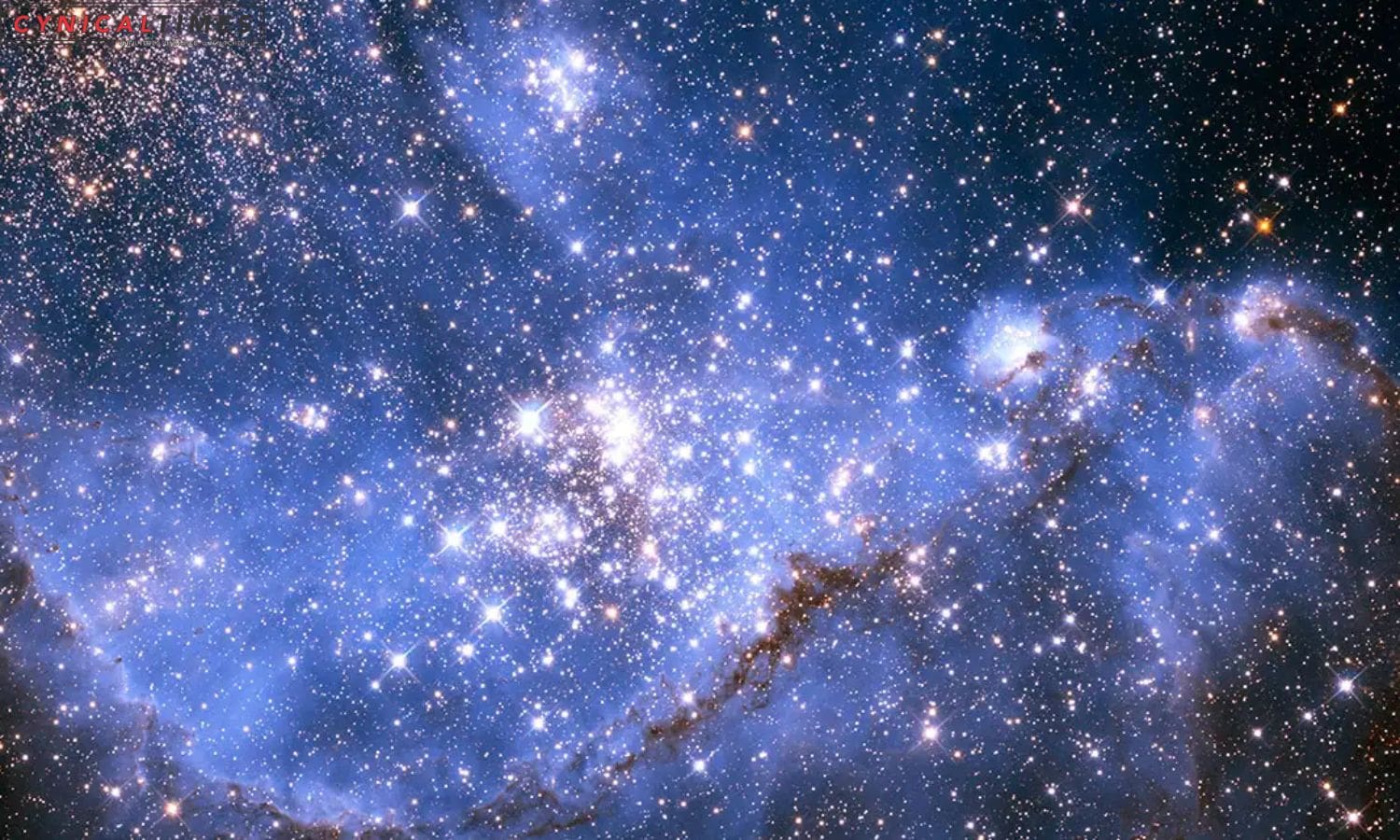Stellar Waltz Unveiled Stars in Cosmic: In the vast cosmic ballet beyond our Milky Way, a celestial river of hydrogen gas, known as the Magellanic Stream, has long intrigued astronomers. Recently, researchers using the Magellan Baade Telescope in Chile made a groundbreaking discovery stars within this enigmatic stream.
Examining 200 stars with the help of the Gaia space telescope’s Milky Way map, they found 13 stars mirroring the chemical composition of the Magellanic Clouds. This revelation not only deepens our understanding of the stream’s home galaxies but also unravels the cosmic distribution within our Milky Way.
The Magellanic Stream, believed to have been pulled from dwarf galaxies by the Milky Way’s gravitational force, covers an expansive region in the Southern Sky. While its enormity is challenging to observe directly, these new findings bring us closer to comprehending its nature, interaction with our galaxy, and the mysteries it holds about the formation and evolution of the Magellanic Clouds.
This cosmic dance, spanning billions of years, unveils a pristine configuration untouched by the passage of time. As astronomers continue their observations, this stellar revelation promises a deeper understanding of our galactic neighborhood’s intricacies, offering insights into star formation, dark matter, and the mysteries that lie within the cosmic expanse.
Also Read: Cosmic Surprise Rogue Planet Challenges Laws of Celestial Choreography!
Our Reader’s Queries
What were the first stars in the universe?
The universe was just a mere 100 million years old when the first stars came into existence. These stars were massive and when they reached the end of their lives, they exploded into supernovae, scattering heavy elements throughout interstellar space. This unique blend of elements has since played a crucial role in the formation of new stars and planets.

